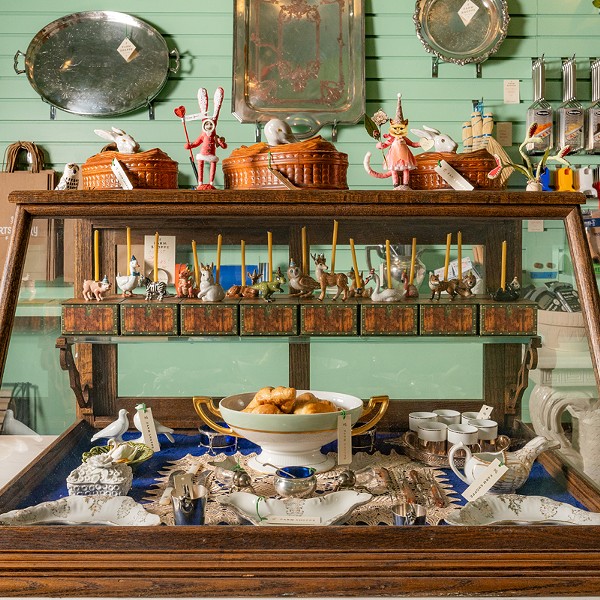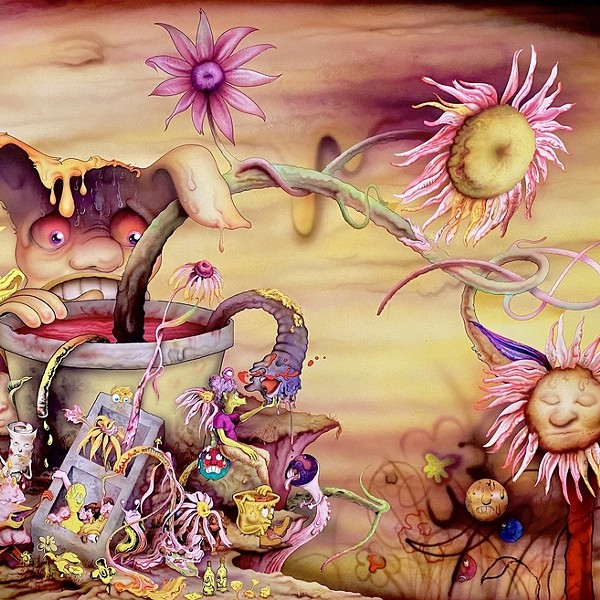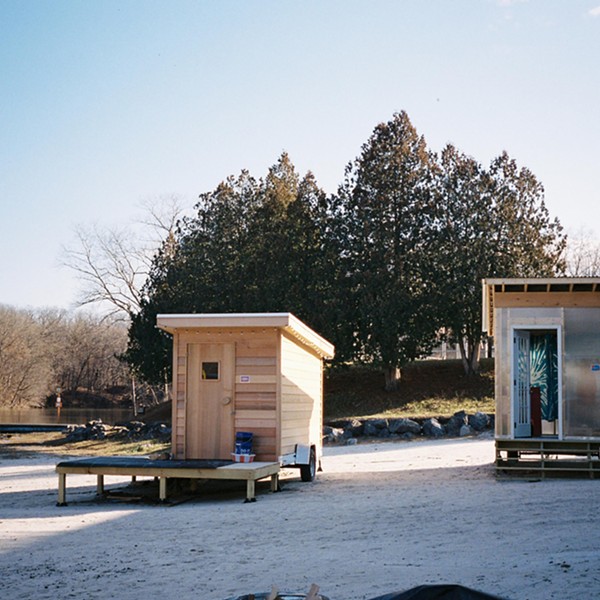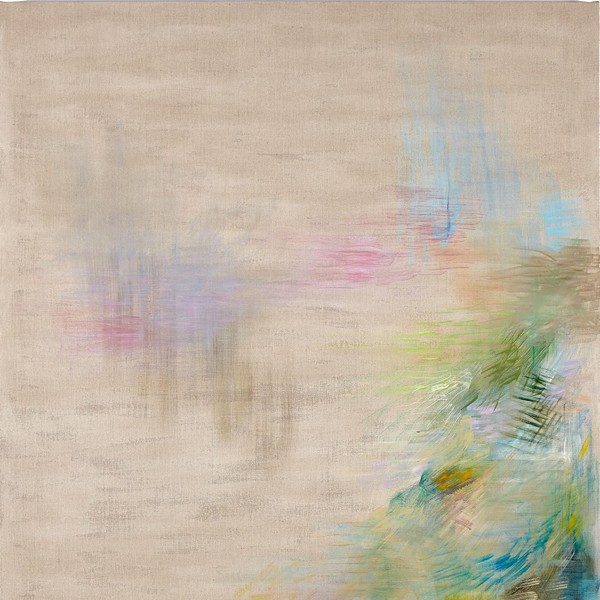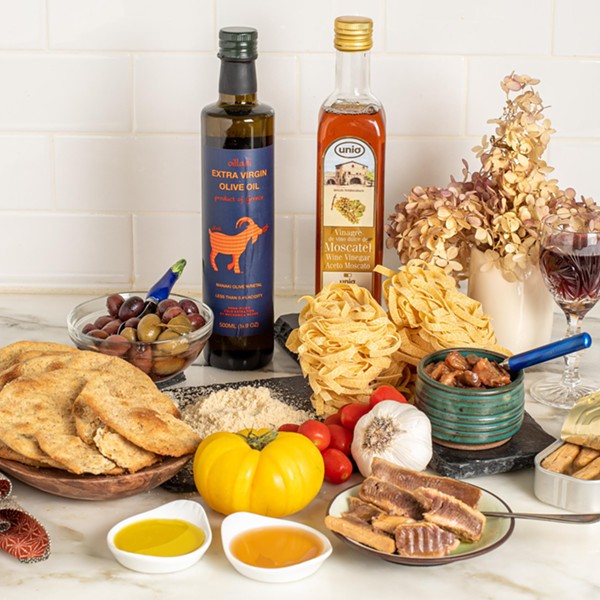I think that we can safely say that the Hudson Valley has never been a better place for a foodlover to live. Artisanal cheeses, grass-fed, humanely raised animals, and the extraordinary variety and quality of our produce are now in plentiful supply at the thriving and multiplying farmers’ markets around the region. With the much-needed arrival of spring, and the attendant burgeoning of parties, weddings, and barbeques, the locavore in our area can indeed take great pleasure in the world-class bounty that is available to us. What should we drink with it?
Wine is an important part of New York State’s economy, especially in rural areas; we rank fourth in wine production nationally, and wine tourism has never been more popular. Riesling from the Finger Lakes is regarded by some as the best example of the grape produced in America. A wine from Long Island recently broke the $100-per-bottle price mark. Wineries are proliferating, and more vines are going in the ground every year. So how well does the Hudson Valley provide for a locavoracious oenophile?
I’ve known musician John Medeski (of Medeski, Martin, and Wood fame) more than 10 years, and in that time we’ve spent a lot of time drinking wine—together and separately. In his travels, he has met and befriended many winemakers all over the world, and tastes extensively wherever he goes. He’s also a genius, so his ability to retain and analyze information on the subject is astonishing. Simply put, John knows more about wine than anybody I know who is not in the wine business (and more than many who are). Given our love of wine and the fact that we’ve lived up here for a while now, it seemed wise to go out and acquaint ourselves with the Hudson Valley scene, and find out who is making wine that rises above the drink-it-because-it’s-local category and becomes something to seek out on its merits as wine.
Our survey was in two parts: a tasting tour of wineries, and a dinner later on with a sommelier friend where we tasted about a dozen more bottles. On balance, we were underwhelmed, but there were a few bright spots and there’s reason for some optimism going forward. In general, it seems clear that much of what is being produced is picnic wine: simple, affordable whites and a few reds that make for pleasant sipping at a concert or cookout. But in terms of wine that is world-class, which could hold its own against examples from more famous parts of the world, there is not much to be found.
Hybrid hoopla
In addition to well-known varietals like Chardonnay and Cabernet Franc, hybrids—crosses between Old World wine grapes and New World wild grapes—are also widely grown and vinted in the area. Some are old, going back a century or more, and some have been recently developed at Cornell University in Ithaca, whose Enology and Viticulture Program is an important resource to winemakers in the state. The hybrids are highly resistant to cold and disease, making them attractive to many producers in the region. There’s some controversy surrounding the use of hybrid grapes. Advocates say that they can make excellent wine and are better suited to the harsh winters than the more fragile French varietals, while opponents disagree about the quality of the wines and decry the conservatism they see as implicit in the choice to grow hybrids. We were agnostic on the subject, and concerned ourselves exclusively with whether the wine was good or not. Some are showing promise here; Traminette, a hybrid of Gewürtztraminer, the famously perfumed grape used so well in Alsace and Germany, is popular and makes for some quaffable whites, though they all seem to be a bit overpowered by lychee aromas.
It’s hard to say what true-to-type is with the hybrids, though, since neither of us had any experience drinking them. Several of the producers we spoke with were enthusiastic about Noiret, a new hybrid developed at Cornell, and the Brimstone Hill Noiret we tried at our tasting seemed to have potential; we put it aside to retry a couple of hours later after it had a chance to open up. But it didn’t budge an inch—the flavor simply sat exactly where it had been before. Having said that, their Chardonnay and méthode champenoise didn’t impress us much either—both the whites had a strange candied quality—so it may have nothing to do with the varietal. At Benmarl we barrel-tasted several reds: a cabernet franc, Frontenac, and DeChaunac. The Cab Franc had a surprising amount of funk, though time will tell if it delivers on it. The two hybrids were both interesting, and offered possible glimpses of the kind of fat, grapey profile that has thus far eluded the region’s reds. All were unfiltered, which had a lot to do with their depth of flavor.









